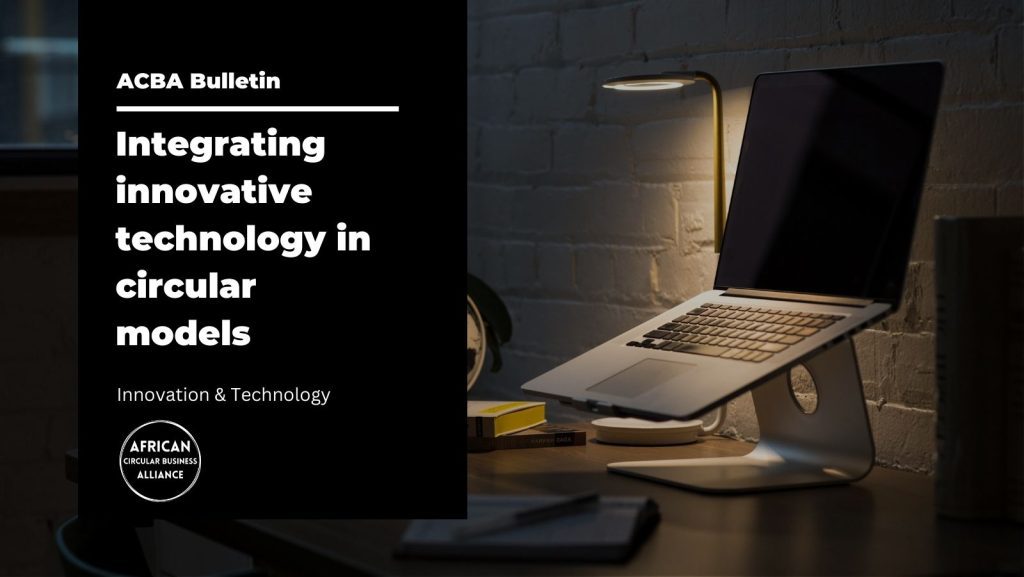
The circular economy is an economic system that aims to reduce waste, increase efficiency, and promote sustainable consumption and production practices. The principles of the circular economy are based on the concept of a closed loop, where resources are used and reused continuously. The integration of innovative technology in circular economy practices and models is critical for achieving sustainable development and socio-economic growth.
The circular economy model emphasizes the importance of reducing waste and increasing resource efficiency. Innovations and technology play a crucial role in achieving these objectives. Advanced technologies such as artificial intelligence, the Internet of Things, and blockchain have the potential to transform the circular economy by increasing the efficiency of resource use, reducing waste, and enhancing the transparency and traceability of material flows.
One of the key innovations that can be integrated into the circular economy is 3D printing. This technology has the potential to revolutionize the manufacturing process by enabling companies to produce products on demand, reducing waste, and increasing resource efficiency. 3D printing can also be used to create products from recycled materials, further promoting circular economy practices.
Another important innovation that can be integrated into the circular economy is blockchain technology. Blockchain has the potential to increase transparency and traceability in the supply chain, making it easier to track the flow of materials and products. This can help to reduce waste and promote the use of sustainable materials and practices.
Artificial intelligence (AI) is another technology that can be used to improve the circular economy. AI can help companies to optimize their production processes and reduce waste by analyzing data on material flows and identifying areas where efficiency can be improved. This can lead to cost savings for companies and promote the use of sustainable practices.
The Internet of Things (IoT) is also an important technology for the circular economy. IoT devices can be used to monitor material flows and track the performance of equipment, making it easier to identify areas where improvements can be made. This can lead to increased efficiency and reduced waste.
In addition to technological innovations, new business models can also be developed to promote circular economy practices. For example, companies can adopt a “product-as-a-service” model, where customers pay for access to a product rather than owning it outright. This can incentivize companies to design products that are more durable and easier to repair, reducing waste and promoting sustainable consumption practices.
Circular economy practices and models have the potential to drive socio-economic growth and development. By reducing waste and increasing resource efficiency, companies can save costs, create new jobs, and promote sustainable economic growth. The integration of innovations and technology can help to accelerate the transition to a circular economy and drive further socio-economic benefits.
In conclusion, the integration of innovations and technology in circular economy practices and models is critical for achieving sustainable development and socio-economic growth. Advanced technologies such as 3D printing, blockchain, AI, and IoT can transform the circular economy by increasing efficiency, reducing waste, and promoting sustainable practices. By embracing these innovations and new business models, companies can create value while promoting sustainable development and social responsibility.
